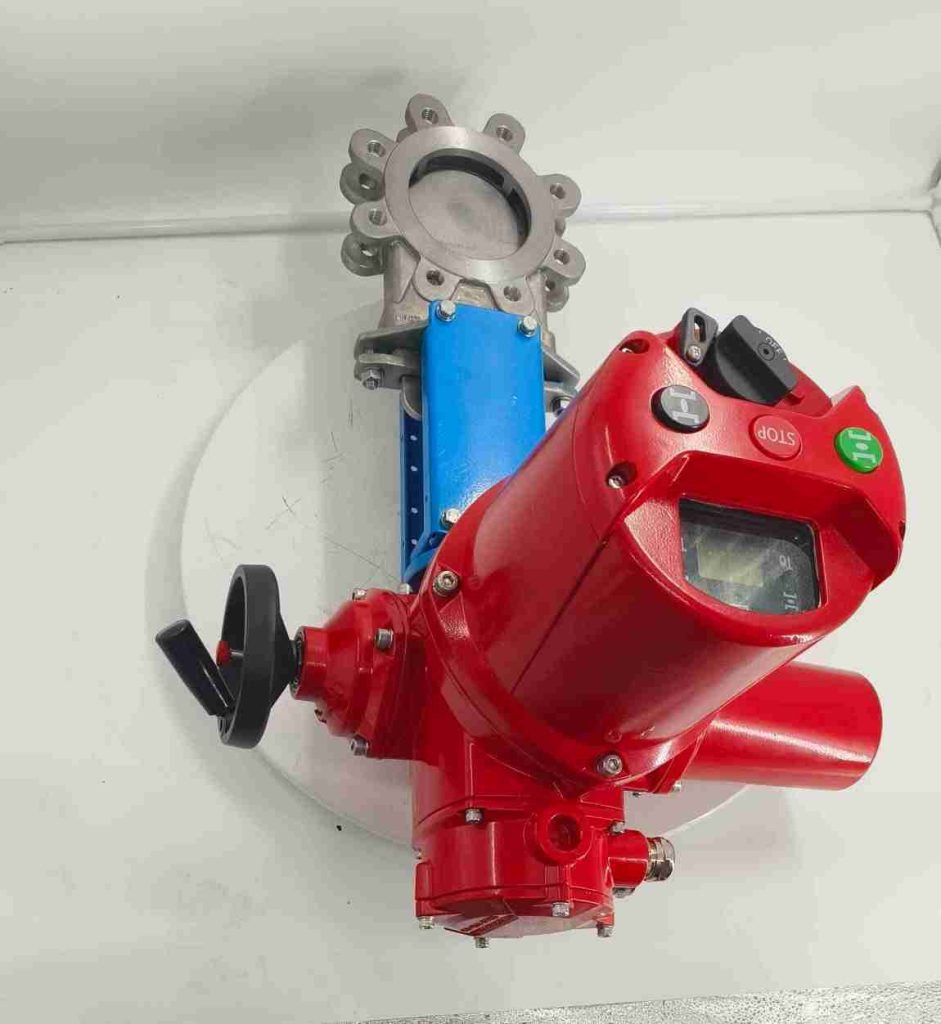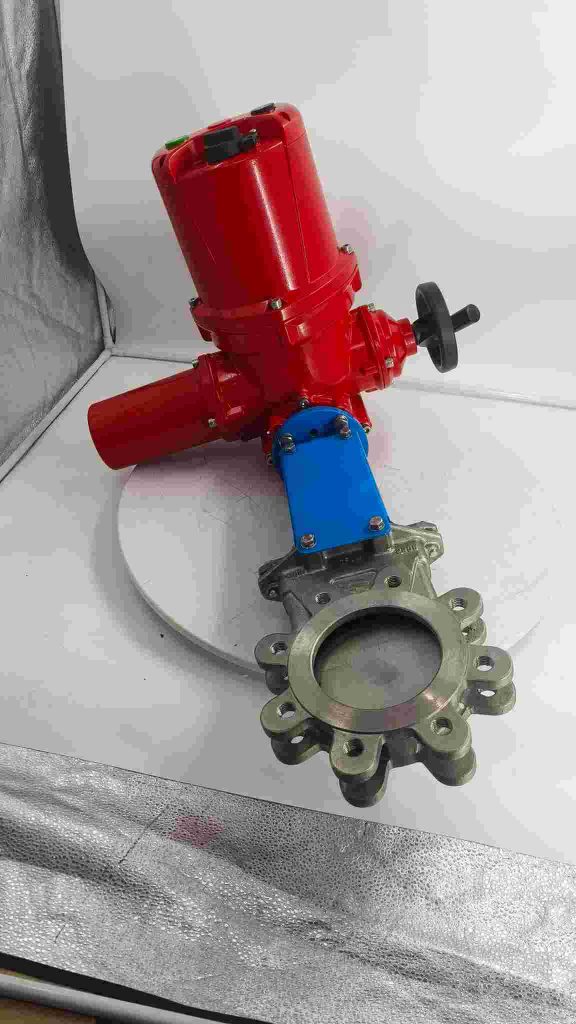Electric gate valves play a pivotal role in modern fluid control systems, providing precise regulation of fluid flow in various industrial applications. From oil and gas to water treatment facilities, these valves are essential for maintaining the safe, efficient, and smooth operation of pipelines, tanks, and other crucial systems. In this article, we will explore the working mechanism, advantages, applications, and recent innovations in electric gate valves.

What is an Electric Gate Valve?

An electric gate valve is a type of valve that is operated using an electric actuator. It is designed to regulate the flow of fluids in a pipeline by either fully opening or fully closing the flow path. This type of valve uses a gate, typically made of metal, that slides vertically within the valve body to allow or block the flow of liquids or gases. The electric actuator is responsible for providing the necessary force to move the gate, offering more precise control compared to manual operation. How Do Electric Gate Valves Work? Electric gate valves function on the principle of linear motion. When the electric actuator receives a signal, typically from a control system or user input, it powers a motor that drives the valve’s stem. This movement causes the gate to either lift or lower within the valve body. When the valve is fully open, the gate is lifted completely out of the flow path, allowing unrestricted fluid movement. Conversely, when the valve is closed, the gate is lowered to seal the valve body, completely halting the flow of the fluid.

Leave a Reply